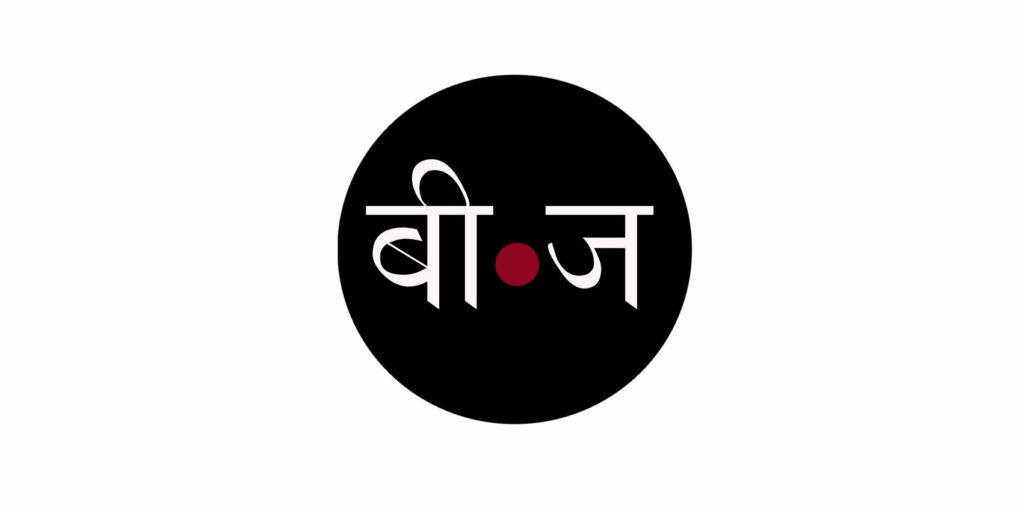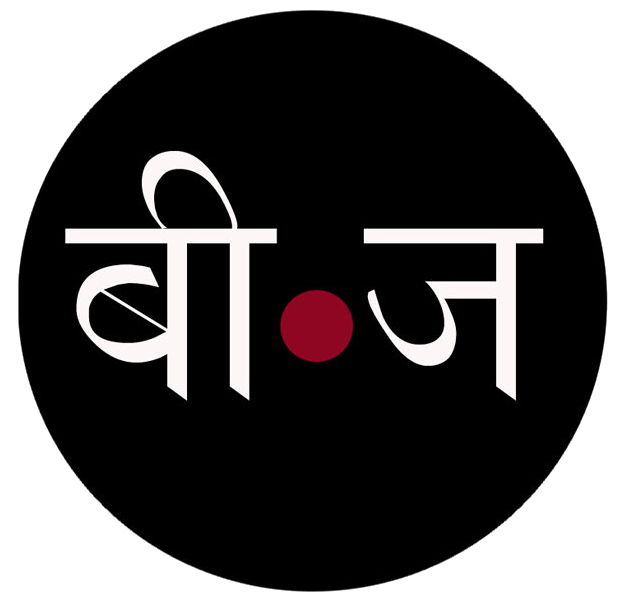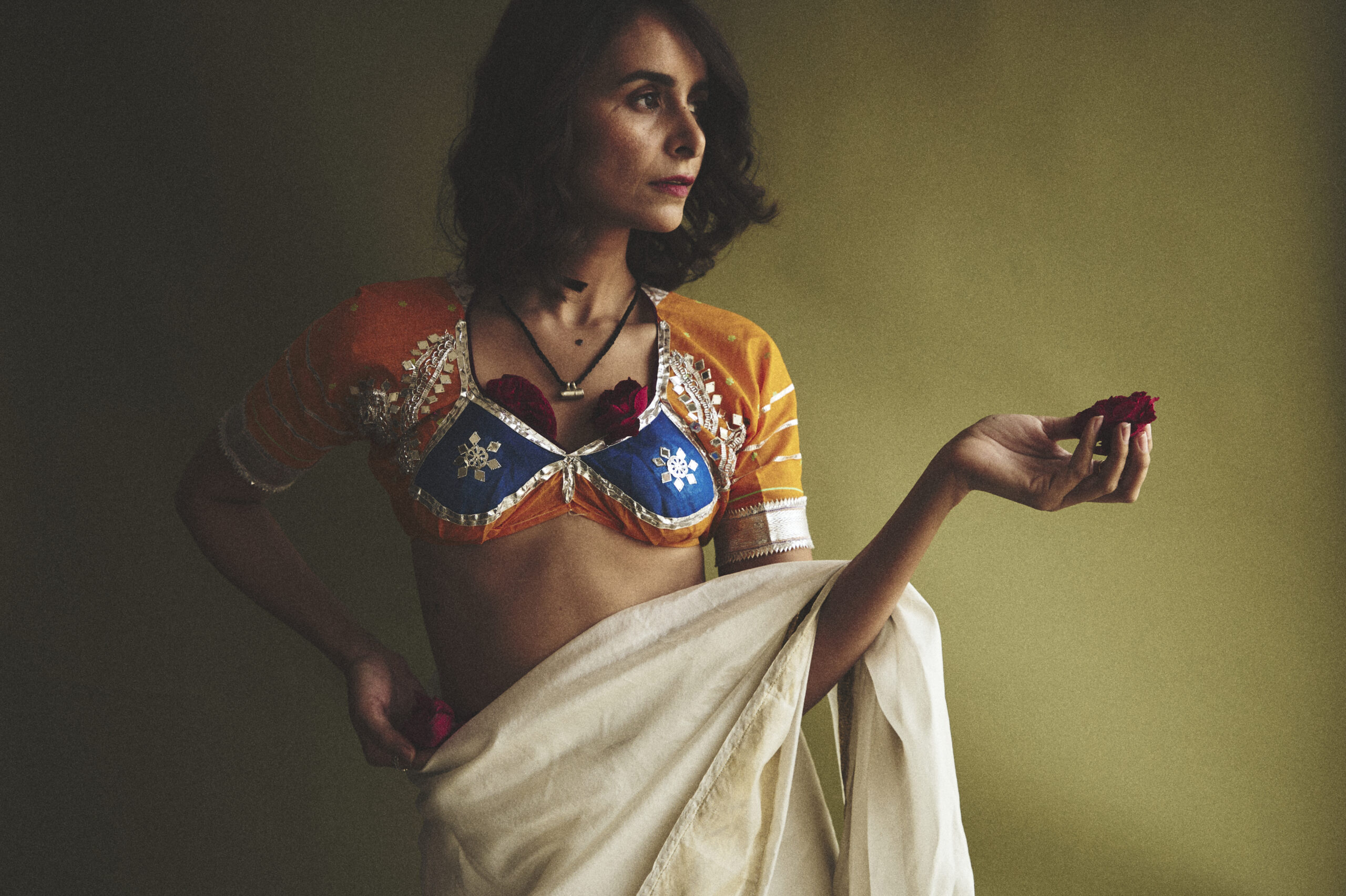The survival of India’s handlooms
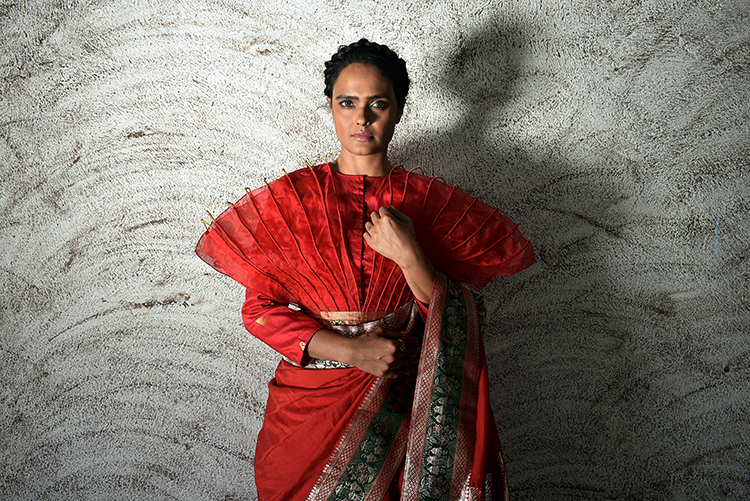
Designer Vaishali Shadangule’s eponymous label Vaishali S. celebrates her passion for classic Indian weaves, ever since the label’s inception in 1991. The designer became the first Indian woman to showcase at the Paris Couture Week recently. Her latest bridal collection, ‘Shakuntala’ continues her exploration of traditional weaves and motifs, made relevant for contemporary India. For this collection she has used khun, chanderi, Benarsi brocades, Murshidabad silks and merino wool. For BeejLiving, she writes about her approach to sustainability in India’s textile sector
There is no single way to approach sustainability or have a sustainable impact on the textile sector in India. There are multiple ways to go about this. We, as designers and fashion brands, must attempt to pursue as many of these avenues as possible.
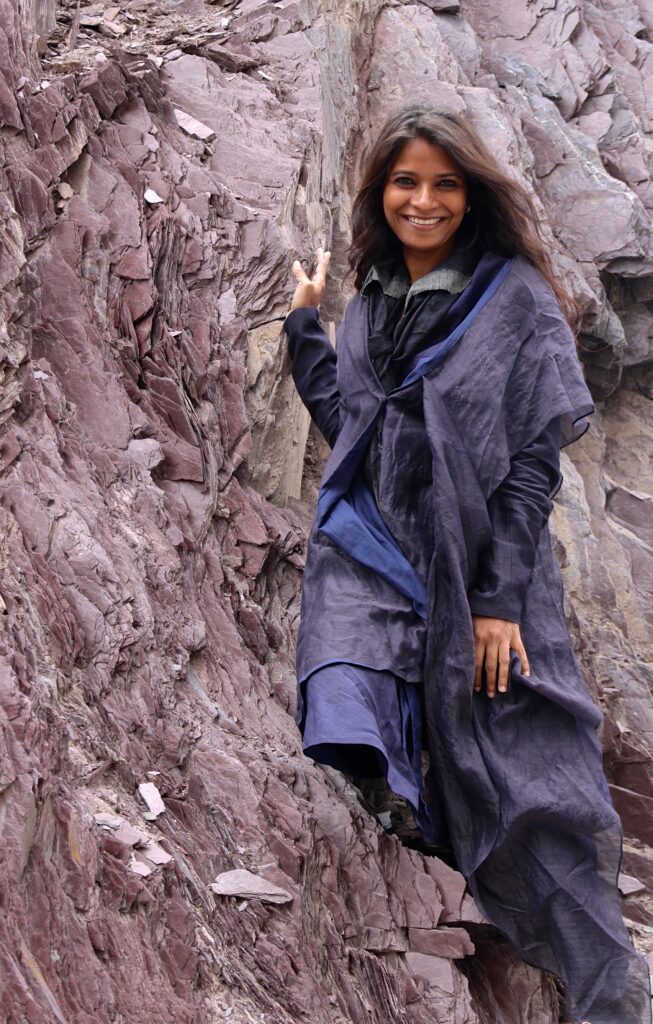
The impact of power looms
When talking about sustainability, we need to bear in mind at the outset that we cannot ignore the social impact of our actions. There are hundreds of clusters of hand weavers across the country who are getting increasingly marginalised with the growing use of power-looms. The latter utilise less manpower and parallelly also produce textiles faster. The tragic reality of this situation is that these looms end up increasing their owners’ revenues multiple-fold, whilst at the same time, leaving the hand-weavers unemployed and impoverished.
We have to keep in mind that while the end-product from a power-loom might look similar, the feel and final output on the garments is totally different, which pushes our output quality to the lower end of the spectrum. This method of weaving, in turn, generates tonnes of cheaper fabrics that don’t last as long as the handmade version. Therefore, they have to be substituted more often. Socially speaking, this approach leaves weavers with much lesser money and forces younger generations out of their ancestral homes to find gainful employment in the bigger metros.
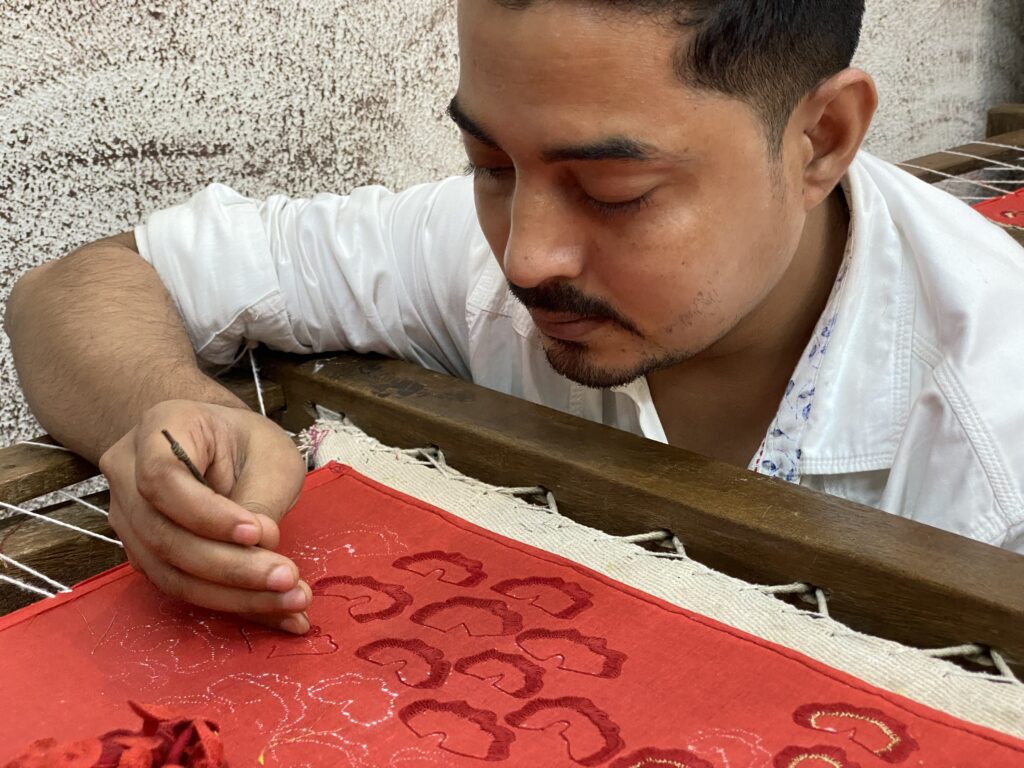
Bringing back handlooms
There are many beautiful handlooms around the country, and many different hand-weaving techniques. Proper skilled education could do wonders for the younger generations. Modernisation of the looms could help in many ways. For example, looms with wider shafts could manufacture fabrics that can be better utilised for the making of certain products. Additionally, the utilisation of different blends with old looms and weaving techniques can enhance the durability of the final fabric. With a stronger and better-quality fabric, it becomes way easier to pursue circularity.
Design interventions
Then, specifically at the garment level, the design process itself is extremely important and a huge responsibility for the designer. The way one designs one’s garments can increase or decrease waste. Proper attention and education to draping techniques can help a lot. Wastage can be also drastically reduced by upcycling leftover material towards other uses. We use scraps for all the cording that we utilise for the structure of our garments. With what is still left we do interiors and lamps. Virtually no thread gets wasted at our workshops.

A shift towards circularity
Finally, as our commitment to circularity, all our outfits are constructed as separates that can be worn together and also separately for more casual looks. This enhances the number of times the garments can be used and reduces the boredom that stems from reusing them. Since the beginning, we have always been very proactive in helping the clients to repurpose their garments, or to adapt them to different trends or uses, thus doubling their lifecycle, which can be done only with very good quality weaves that stand the test of time. In terms of the overall infrastructure – here again, we can successfully work at different levels to ensure sustainability.
We are conscious of this even when entering into brand associations, where we ensure that our partners share our perspective on this matter. For example, during my recent showing at Paris Haute Couture week, our jewellery partners De Beers Forevermark, guarantee rare and responsibly sourced natural diamonds. Recently they announced 12 ambitious sustainability goals. This includes achieving gender parity throughout its workforce, supporting 10,000 women entrepreneurs and becoming carbon neutral by 2030.
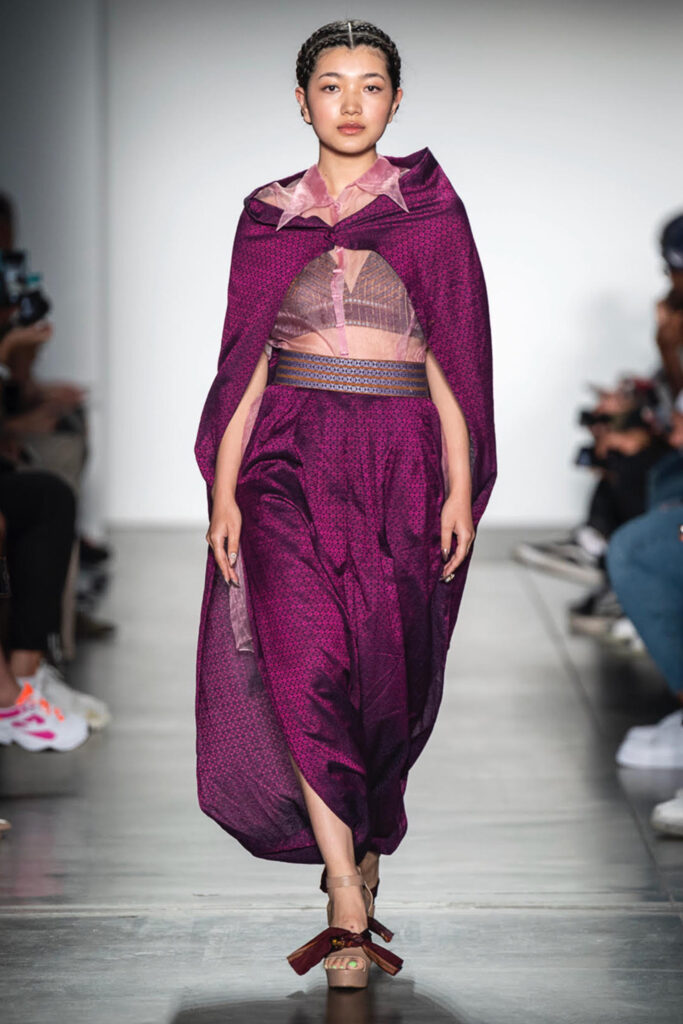
The road ahead
All of this is just a brief snapshot of the sustainable work we do, and, so much more can be done on this front.
My Paris Haute Couture Week collection is a testament to our commitment to our craftspeople and has been created with mixed difficulties and sensibilities. We had many constraints because of the lockdown – supply chain disruption, unavailability of labour, taking care of our kaarigars, etc. The final exciting output was even more rewarding because of all the challenges we overcame to get it done.
I believe hand looms will have a very bright future. This coming back to slow fashion and ESG sustainability are just the taglines of hand weaves. There is no better product or craft that better embodies this. I feel the easiest and most direct way to tackle this situation is to educate customers about the advantages and processes of high-quality hand weaves, as opposed to the lower quality machine woven fabric. Once education will start takes root and starts spreading, I believe that there is no turning back from hand weaves.
